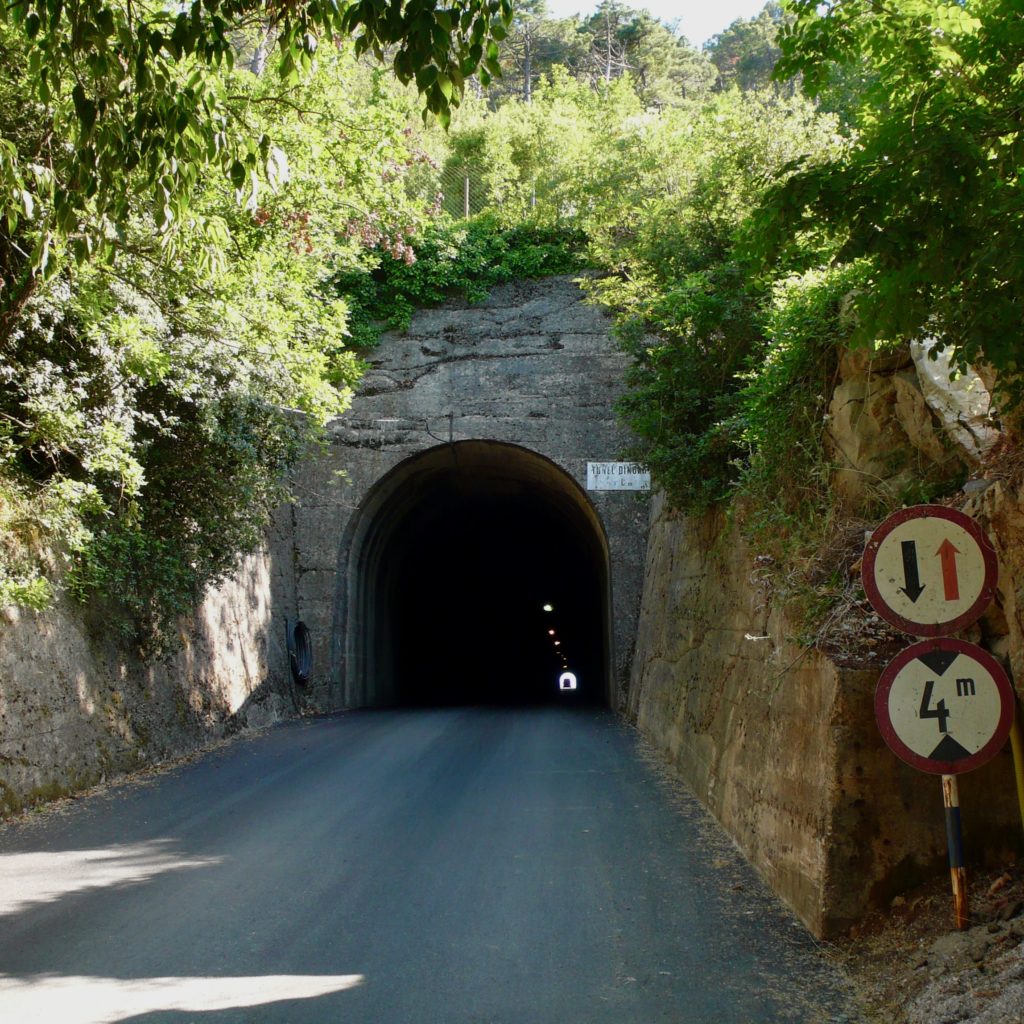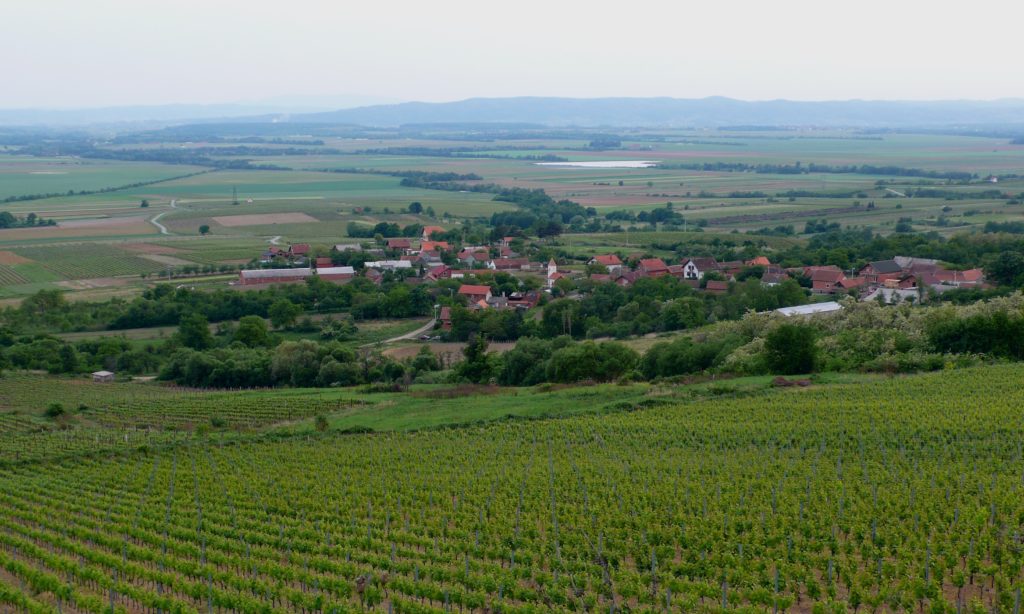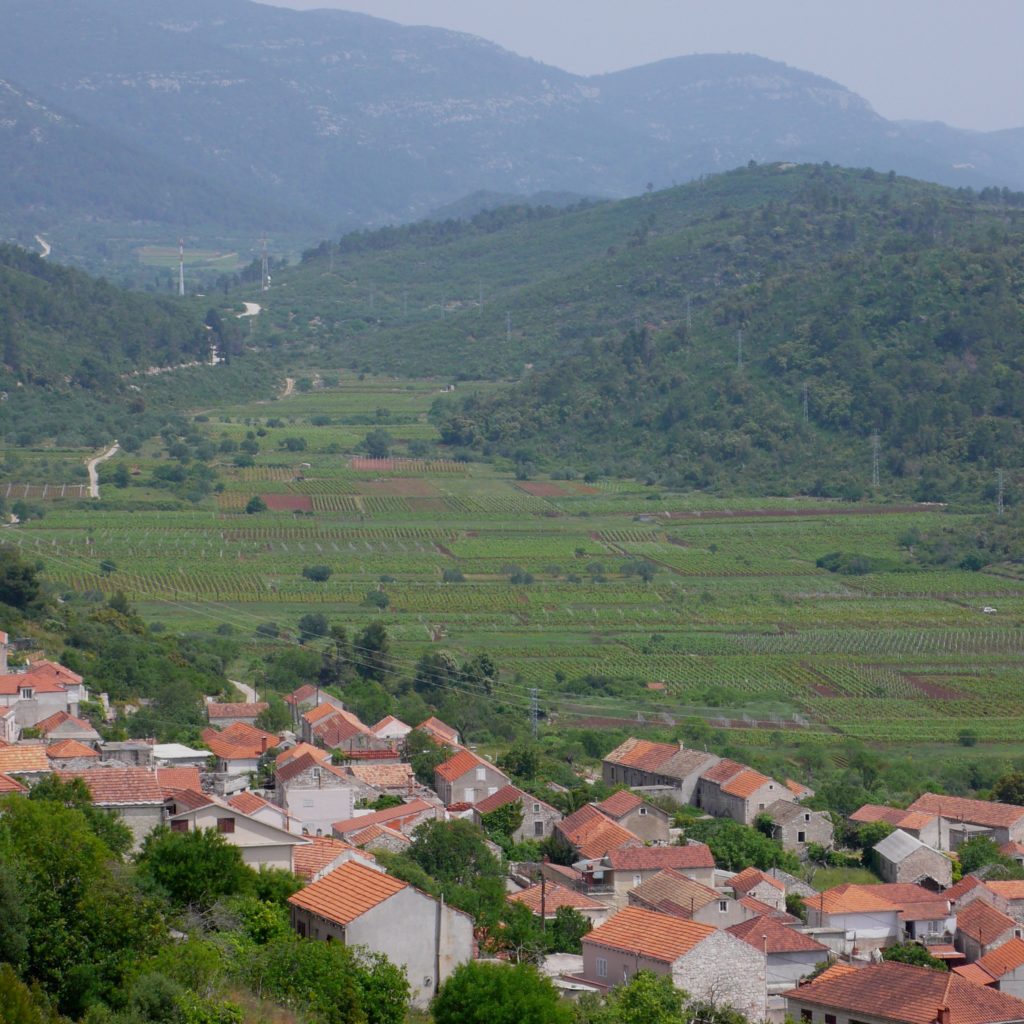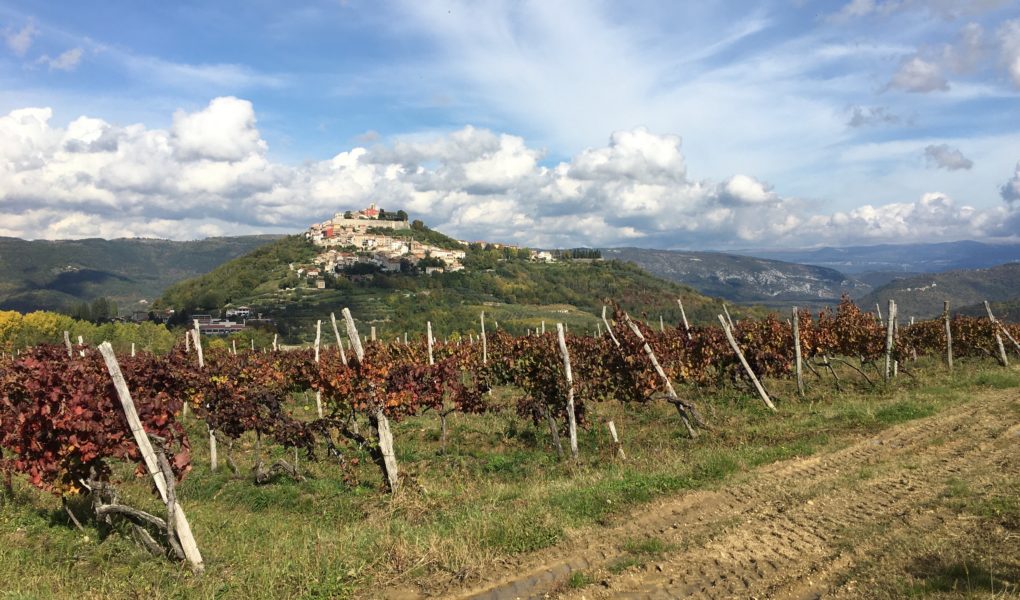Visiting Croatian wineries on your own couldn’t be easier. While the best tour guides can offer you an inside look at life and customs, many have arrangements to bring guests only to certain wineries. You’ll have more options if you fly solo, and there is no special trick to visiting. All you need is a car, a bike or even a local bus ticket.
Finding wineries to visit is easy

Once you know what regions you’ll be visiting, you’ll want to find wineries nearby. Perhaps you loved a bottle you drank in a restaurant, or a friend heartily recommended a certain winery experience. Or you may not have any idea which winery to choose. Cheers Croatia Magazine has built a Winery Finder Tool that has all the data on the winery tasting rooms of any region or island. Look for the color-coded map of Croatia in the sidebar on the right side of your screen. First choose from the four main wine regions, then narrow your search by sub-region. You can scroll straight to your chosen winery, or locate the most convenient tasting rooms on the map provided. In each winery listing, you’ll find verified contact information and a website (if available) to aid your research.
Tourist visitor centers play an important role in Croatia, where they are sources of information on wineries and every other activity. “If you go to a visitor center or the website of a visitor center, you have winery information in one place,” said Karlo Kos of Vina Kos, located just northeast of Zagreb. Visitor centers can be city-based or regional.
Always call in advance
Most wineries in Croatia are relatively small; few have a staffed tasting room where you can simply walk in. And tasting rooms are often closed during the off-season (November to April). Always call, email or message on Facebook to find out if a tasting room is open, and what tours or other programs they offer. Even Tripadvisor or the hours of operation on a winery’s own website may not be up to date — it’s safest to call.
What to expect
Small wineries have to choose carefully what to invest in — and generally the wine comes first! This means that, while one tasting room may be comfortably furnished, another may be standing-room-only in a cellar crowded with fermentation vats. If you are traveling with someone who needs to sit or can’t navigate stairs, definitely ask about the setup when you call.
Consider the size of a winery, too, when you think about what kind of tasting experience you want. At a large winery you’re likely to find easy parking and a comfortable tasting room staffed by knowledgeable employees. A small winery may only be able to take small groups and you may need to get creative about parking. But there can be a desirable tradeoff, as Kos points out: “Most of the wineries in our region [Prigorje-Bilogora] don’t have employees. They are family wineries, so with every visitor we have personal contact.”

Keep language in mind as well: younger Croatians (under about 45 years of age) have learned English in school, but some are self-conscious or out of practice with using it. (Think of what it would be like to pull out your high school French.) If you like to ask questions when you visit, confirm when you call that someone in the tasting room is comfortable speaking English. German or Italian are other possibilities, depending on the region.

At all wineries, you can buy wine to take home. Don’t count on finding the wine elsewhere on your trip — most Croatian wine isn’t available in wine shops outside its region. Also, prices will be best at the winery. You’ll need to come forearmed with knowledge of the wine policies of your airline and the import regulations of your home country. Note that larger wineries ship, at least within the EU.
Above all, expect to have a great time, ask questions, learn about local grapes, and experience wines that are new to you and exclusive to Croatia. “You just need to have time and good will,” said Martina Marelić of Toreta Winery on Korčula. “We understand that Croatian wine isn’t known outside Croatia, so we always try to explain from beginning to end about our wines.”
Uživajte! (Enjoy!)
[Title photo: In Istria, a home base near the hill town of Motovun makes it easy to visit dozens of nearby wineries. (Staff/CCM)]

